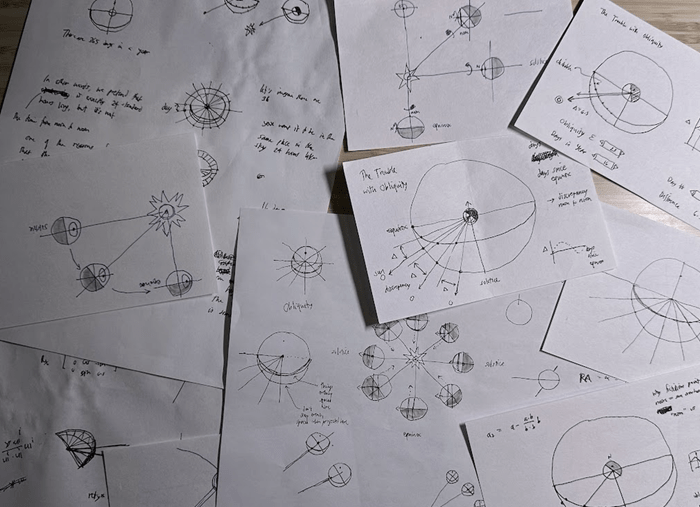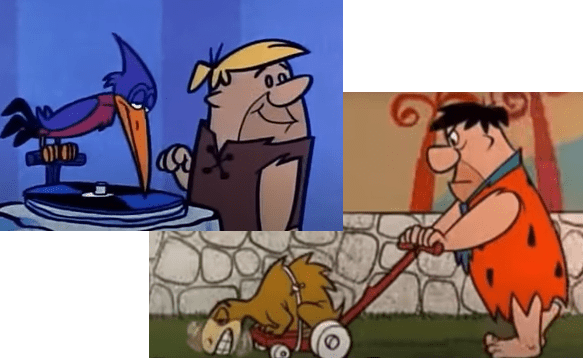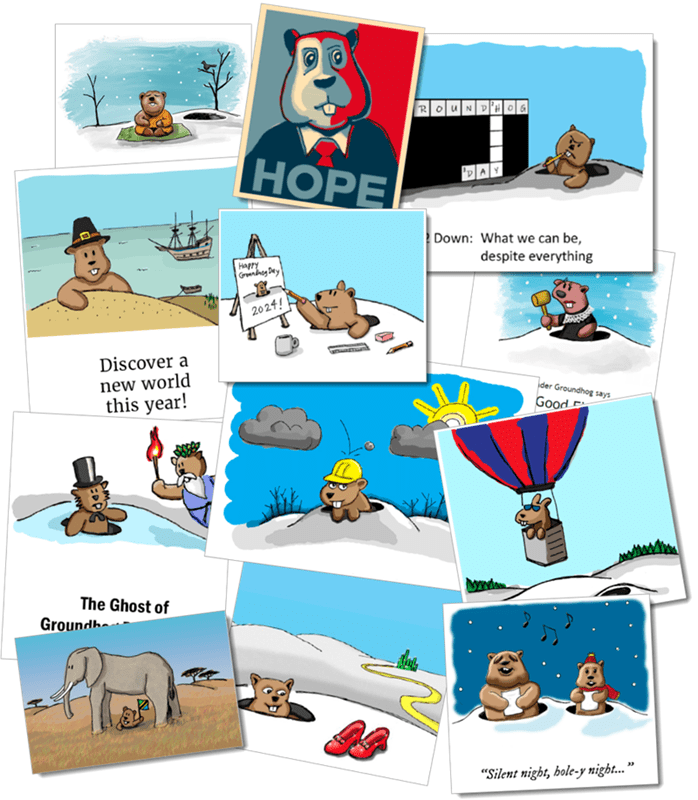Note: This is a story that originally appeared in the online journal BULL last March.
It was never part of the plan to have dinner with the tumor. But eventually it seemed like the only thing left to try. It didn’t go well.
We were introduced to the tumor by a doctor. That’s the way these things usually go. The tumor had made itself known to my wife by being a literal pain in the side. But it never introduced itself, not properly. It took a doctor to do that. The doctor showed us a picture he took and said, “Look. There he is. That’s the tumor.” He indicated sympathy, but he was, after all, a collector of things in jars. “It’s four centimeters across,” he said, circling it with a marker. With great tenderness he pressed the photo onto the first page of a large blank photo album. This unsettled me. I could only stomach a quick peek at the circled blob. I never did like looking at those pictures.
The tumor wasn’t welcome. We wanted it out. First we went after it with a shovel. Then we tried burning it. They both helped, but not enough. It wouldn’t go away. It wouldn’t take the hint. We knew from the start this thing was trouble, but now we knew it was big trouble. We had to go to the next stage.
The next stage… it makes me wince to describe it. There’s this fundamental problem. The tumor was part of my wife, fashioned from her flesh. There was no daylight between her and it. As if William Tell’s apple and his son were the same thing. You can’t shoot just the apple. There was no way to hurt the tumor without hurting my wife. But we had to hurt the tumor. We had to. The logic was inescapable: we had to hurt her. This job fell to me.
Every Monday afternoon, she would strap herself into the treatment chair and quietly say, “I’m ready.” Then, always trembling a little at the magnitude of my task, I would take the heavy treatment mallet by its long wooden handle and bring it smashing down. If it sounds medieval, that’s because it was. You should have seen how brave she was. “Let’s go! Put your back into it!” she would say. She’d catch me looking away, wiping my eyes, and she’d say “Don’t think about me. Think about that tumor!” And BANG! I’d swing that mallet like a railroad worker. When it was over, she would moan softly and stagger off to bed. Sweaty and shaking, I often needed an afternoon gin to settle my nerves.
But here’s the thing. It worked. It was medieval, but it did work. After all, we weren’t stupid, just desperate. My wife was a strong woman, an athlete. Long sinews and sturdy beams. She could absorb unbelievable punishment. Every time I hit her, I made that tumor suffer. And each week, after she had some time to recover, we could both smile about that: progress. There was a happy time. But it didn’t last. The tumor got smarter. It learned how to dodge the blows. My wife would slump in the treatment chair and speak so quietly that I had to lean in to hear her. It was hard to tell the difference between “let’s go” and “please no”. But I have to tell you, she was tough. So tough it made my eyes sting.
Eventually we had to admit that I was hurting her more than I was hurting the tumor. I was thrashing the one I loved, while the one I detested didn’t break a sweat. One day the doctor took out his big photo album and showed us a distressing snapshot: the tumor was smiling. He was looking straight into the camera and smiling.
That’s when I proposed dinner. My poor wife, she didn’t think much would come of it, but she was willing to try. And to my surprise the tumor agreed right away. So long as he could pick the spot. “It has to be Italian!” he said. But when we arrived, he ate a bunch of bread and then said “No. No, I want Mexican!” The bum. He didn’t care. That tumor would eat anything. He just wanted to jerk us around.
Over appetizers, I got right to the point. “Don’t you see you’re killing yourself? If you kill her, then you kill yourself.”
The tumor, cramming a wadded quesadilla into his mouth, stopped briefly and regarded me as though I were a child. Then he snorted and continued chewing. “I seem to be doing pretty well so far.” He grabbed a handful of chips from my wife’s plate. She was so thin.
I tried again. “All your eating is starving her. Look how thin she is. She’s your host. When her body gives out, you’ll be screwed.”
He leaned back and picked at his teeth. “So what do you want from me?”
“I propose a truce. We give you a nice corner of her liver and we split all the food with you fifty-fifty. That’s a great deal. You just have to stop growing like this.”
“Oh a deal, huh?” He stabbed the air between us with a broken corn chip. “And why should I trust you? You’ve been trying to kill me.”
I had to concede the point. “That’s true. But look, you’ve outsmarted us, and now we’re ready to deal. In fact, you’re so smart, you should see that I’m telling you the truth. The god’s honest truth! This is a good deal. Do it my way and you can live for decades. Do it your way, and you’ll be dead in a month.”
“Look, I’m not making any deal, and I’ll tell you why. One, you tried to kill me, so fuck you. Two, you failed, so fuck you. I can’t trust you, and anyway, you’re an idiot. And now you want a deal! The first chance you get, you’ll try to kill me again. And look at me…” Here he patted his plump pink belly, slick and striped with taut blood vessels. It was visibly larger than when we walked in. He was vast and warm, seeming to fill the room. “I’VE NEVER BEEN BETTER! Why should I settle for a little slice of liver? I want space. Space for me and space for all my children.” Here he opened his hand and gave a triumphant gesture to dark corners we hadn’t yet suspected. Small eyes peeked out from lung and kidney, from bladder and spleen, from her shattered stump of a pancreas. There were giggles.
It was a cruel blow, and he savored it. It gave me such a chill, such miserable sinking sickness, that I was unable to speak for few moments.
My mouth was dry. “You’ll lose it all.”
“No! Ha ha! You’re wrong.” He was scraping crumbs into his mouth now, licking his lips. He leaned forward. “You’re losing. You’re losing, and I’m winning! And I’m going to keep winning.” He started to push back from the table, then paused. He smiled. “But thanks for dinner!” And then he winked. That tumor winked at me. It was more than I could take. I lunged at him, but he dodged behind my wife and I nearly spilled her onto the floor. She looked at me and shook her head. So gently. Her eyes were full. “We should go,” she said.
“See you later!” said the tumor. But I never saw him again. I might have. I had the chance. The doctor kept filling up the photo album. But I never looked. And soon enough, the day came when the doctor closed that book and handed it to me. With great purpose and solemnity. As if I wanted it.
The only satisfaction I take from the whole wretched affair is that the tumor really was wrong. And I really was right. Did he have time to think about our offer as the world collapsed around him? Does it matter? To be proven right only required the sacrifice of my best friend and lifelong companion. So my only satisfaction was not much satisfaction after all. Still, in my revenge fantasies, I see the tumor howling as he spins into the vortex of oblivion.
And of all the indignities great and small, it burdened me that he, the tumor, got a place of honor in the center of her chest when they took her away from me. In a better world, she would go one way, and he would go the other. But they were inseparable even to this bitterest of ends.
Only really, I can say now they have gone their separate ways. When I picture her now, I see her smiling and strong. Glowing. Radiant. Free. I see her all by herself.









